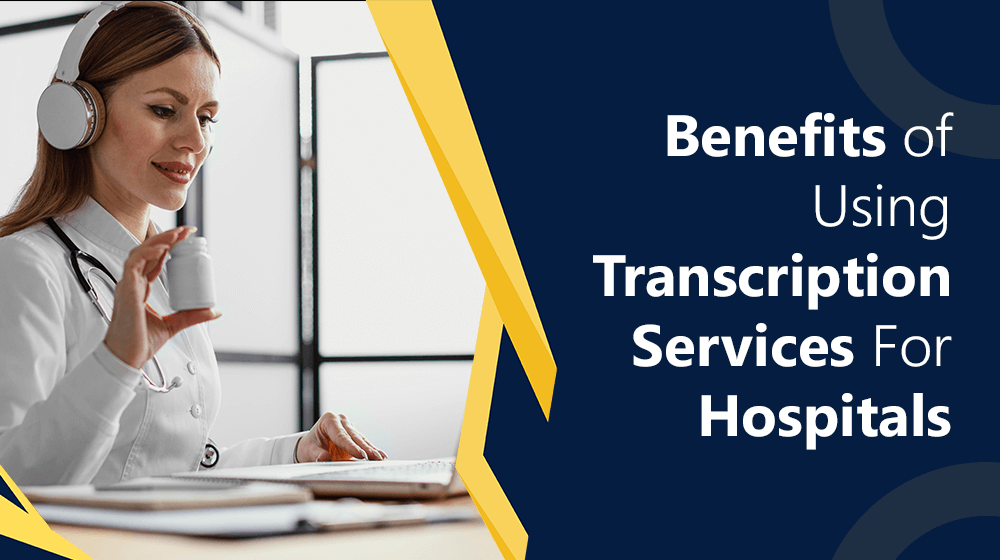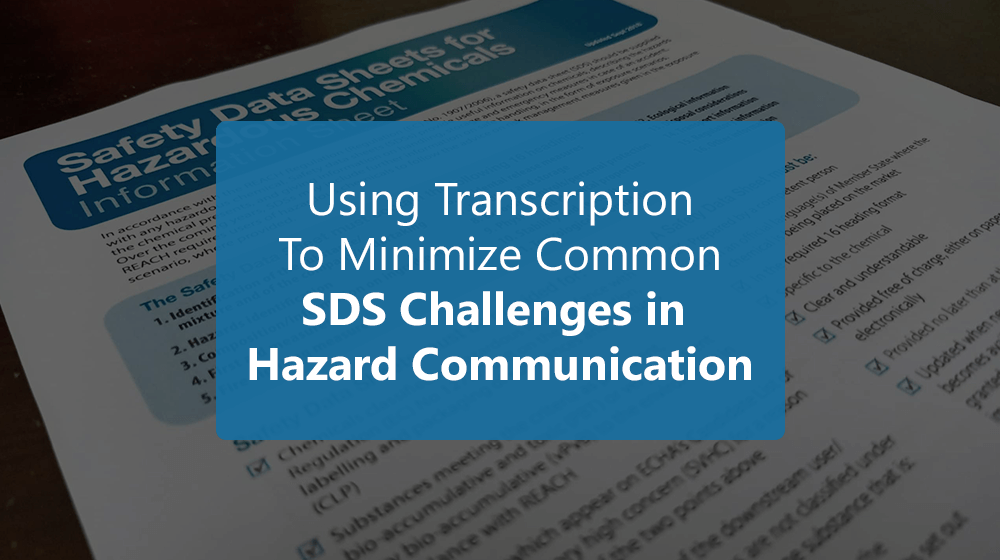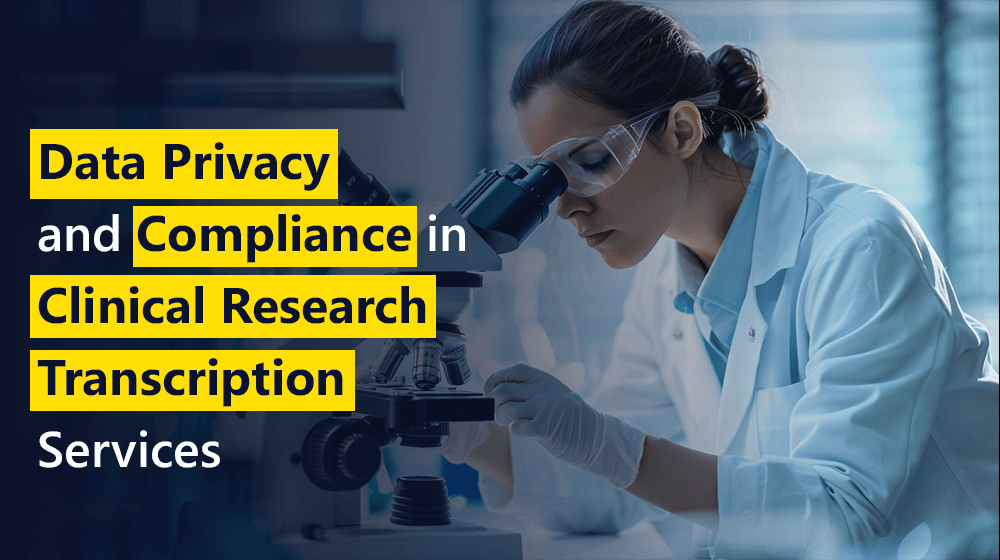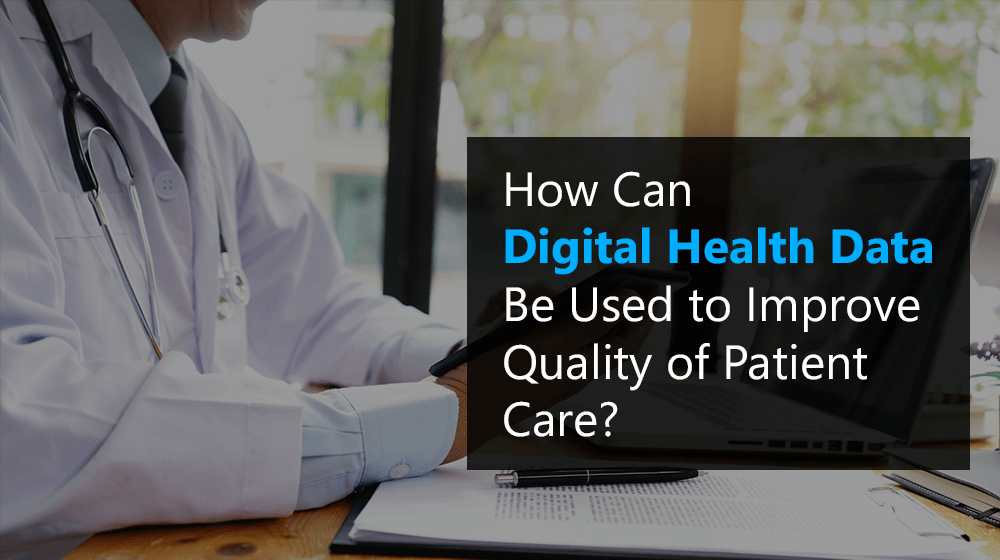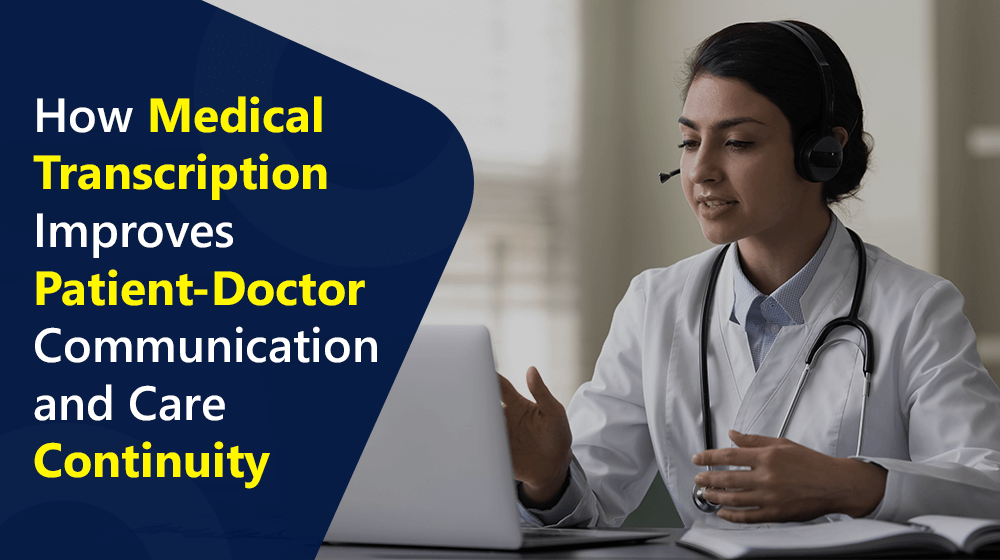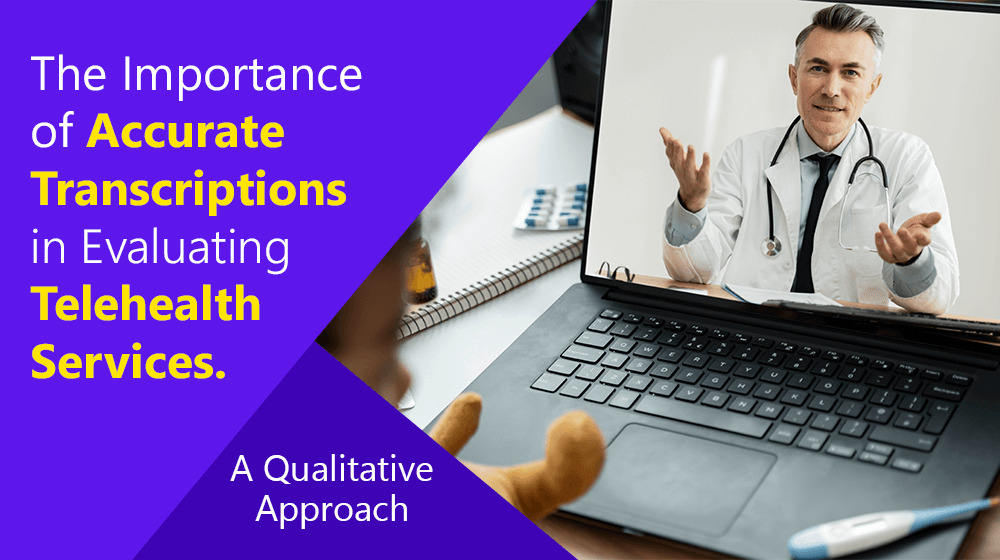From elevating your search index ranking to managing sensitive client data, transcription services are considerable for diverse industries. Most of them outsource these services and aim to get accurate transcripts. If you have plans to do the same, here’s a guide focusing on key portal features that can improve transcription performance.
Transcription Services Across Industries
Transcription services, specifically manual transcription, are considerable for academic, legal, and medical fields. In the United States alone, the academic transcription sector was valued at USD 25.98 billion in 2022, with expectations of a CAGR of 5.8% from 2023 to 2030.
Mainly dealing with confidential information, the professionals from these industries rely on trusted service providers to get the best transcripts. Let’s take a closer look at the key features of the transcription portals that get the job done in the right way:
Let Accuracy and Precision Count
The audio converted to text can be utilized rightfully only with transcription expertise. This means a team of diverse professionals who are well-versed in technical terminologies and offer industry-specific solutions. Following all the local, national, and international regulations also counts.
Take the case of medical transcription services, where mandatory regulations like HIPAA, and TX Ramp have to be taken care of. The Health Insurance Portability and Accountability Act (HIPAA) focuses on patient data protection during transcription.
TX-RAMP (Texas Risk and Authorization Management Program) mandates cybersecurity standards for cloud vendors handling Texas state data, ensuring secure processing in transcription services.
Look For Data Security and Encryption Standards
In the age of increasing cyber threats, transcription portals must have top-tier security features. Enterprise-grade encryption, both at rest and in transit, is essential to safeguard sensitive information. Features like Intrusion Detection and Prevention Systems (IDPS) are required to protect against unauthorized access, and secure data storage protocols ensure that client information is fully protected.
Include Timestamps and Media Player Integration
Transcription accuracy is a lot more than spoken word converted to text. It is also about offering precise timestamps for easier reference. Time-stamped transcripts allow professionals to pinpoint exact moments in an audio or video file, a useful feature for legal and academic transcription.
Also, adding a media player within the portal ensures seamless playback and interaction with the audio or video files, allowing transcribers to move across complex projects without losing credibility and attention to details.
Sticking to Regulatory Compliances and Audit Trails
Regulatory compliance is another prominent consideration of accurate transcription portals. Whether handling sensitive legal documents or patient data, the transcription platform must comply with all industry-specific compliances and ensure that all client data is securely managed.
Audit trails enhance accountability by providing a record of every action taken on the platform, from file uploads to transcription edits. This feature ensures full traceability, which is vital for industries where regulatory oversight is necessary, such as healthcare and legal transcription.
Managing Large-Scale Projects
Transcription portals must be flexible, whether the project involves a single file or thousands of hours of media. Scalability frameworks, such as horizontal and vertical scaling, allow transcription platforms to accommodate growing demands without compromising performance. Features like load balancing ensure that workloads are evenly distributed, minimizing delays and bottlenecks in the transcription process.
The ability to scale not only supports large-scale projects but also guarantees that the platform can handle peak times without system downtime. For instance, cloud-based infrastructure offers flexibility in scaling both storage and processing capabilities, ensuring efficient data management for clients in the medical, legal, and academic fields.
Customization For Industry Specific Solutions
Transcription portals must have a unique approach for each project they enter into. Customization features, such as API(Application Programming Interface) integration and modular architecture, enable service providers to tailor the platform to meet the specific needs of different industries.
For instance, academic transcription might require specific formats for research data, while legal transcription may demand secure file-sharing protocols and immediate data retrieval.
Also, the platform’s configuration management allows users to modify workflows, ensuring that the transcription services align with project requirements. This is important for industries especially dealing with sensitive information, where customized security protocols and data management solutions need special attention.
Towards Seamless Project Execution
Ideal transcription services use updated technology for seamless project management. Dedicated project managers provide clients with a single point of contact, overseeing everything from file submission to final delivery. These managers use proven methodologies like Agile and Waterfall to ensure that every transcription project meets deadlines and quality benchmarks.
Collaboration tools such as real-time messaging and shared dashboards, improve communication between clients and transcribers, resulting in more precise and timely transcripts. Project managers also play an extremely important role in resource allocation, ensuring that the right team of transcribers and editors is assigned to each project, maximizing both speed and accuracy.
Considering Research with Data
For academic and research purposes, transcription portals offer advanced tools for qualitative coding and analysis. These web-based annotation tools allow researchers to tag and categorize data, helping them organize complex transcripts for better analysis. By using coding schema management, researchers also generate thematic reports and analyze patterns across large sets of data, improving the overall project quality.
An expert coding team works behind these services, ensuring that the transcription process not only captures speech accurately but also organizes the data in a meaningful way. Mixed-methods analysis, combining both qualitative and quantitative approaches, allows for a comprehensive understanding of the research data, making the portal an indispensable tool for academic researchers.
Combining Data Integration and Visualization
Transcription portals that merge data visualization tools to transform raw let users convert transcripts into informative charts, graphs, and reports. This feature is particularly useful for industries like legal, medical, and academic research, where large amounts of transcribed data need to be interpreted visually to spot trends or make informed decisions.
Data integration capabilities also let transcription platforms work seamlessly with other software, enhancing overall workflow efficiency. For instance, researchers can integrate transcription data with qualitative data analysis software to automate report generation. The platform’s capacity to handle statistical analysis further strengthens its role in delivering high-quality insights from transcribed content.
Future-Proofing with Advanced Technology
As industries evolve, so do their transcription needs. The most effective transcription portals future-proof themselves by adopting the latest advancements in technology. For example, Natural Language Processing (NLP) allows transcription platforms to automatically identify key themes, topics, or phrases within transcripts, saving users hours of manual effort.
Transcription portals that use text analysis, along with human expertise, make sure every project is done with top accuracy, no matter how complex it is. Tools like workflow management and task automation also help improve efficiency, saving time for more important work.
Final Thoughts
The transcription industry is growing, and key portal features can help maximize the value of transcripts. From managing large, industry-specific projects to following national and global regulations, a reliable transcription provider should offer customized solutions tailored to diverse industries. Seamless integration across platforms is also essential to ensure easy data management.
At ANT Datagain, we provide customized and affordable transcription solutions designed to meet the unique needs of various industries. Our services help improve project outcomes by delivering accurate and streamlined transcription services.



